Tong Zhang
Nanjing University of Science and Technology, Nanjing, China
Secure Rate-Splitting for the MIMO Broadcast Channel with Imperfect CSIT and a Jammer
Jan 23, 2022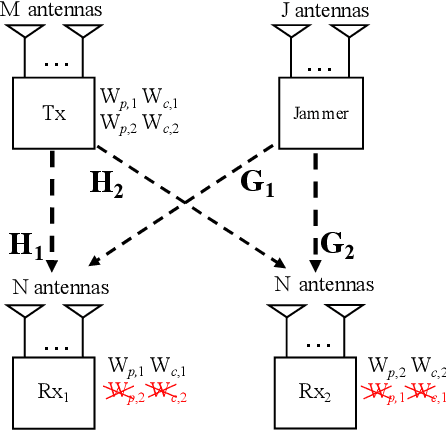
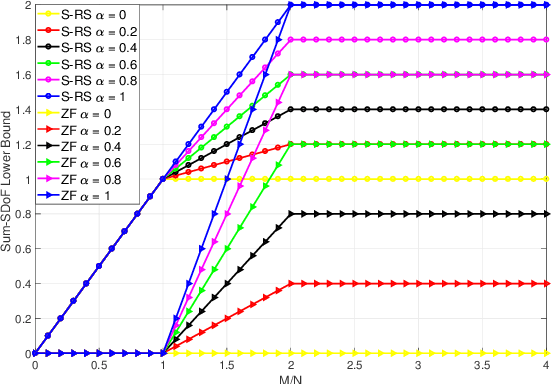
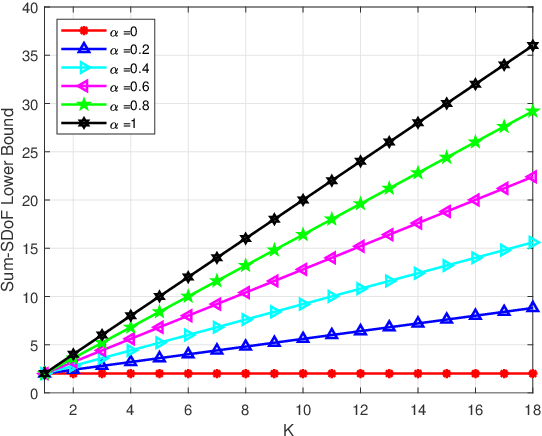
Abstract:In this paper, we investigate the secure rate-splitting for the two-user multiple-input multiple-output (MIMO) broadcast channel with imperfect channel state information at the transmitter (CSIT) and a multiple-antenna jammer, where each receiver has equal number of antennas and the jammer has perfect channel state information (CSI). Specifically, we design the secure rate-splitting multiple-access in this scenario, where the security of splitted private and common messages is ensured by precoder design with joint nulling and aligning the leakage information, regarding to different antenna configurations. As a result, we show that the sum-secure degrees-of-freedom (SDoF) achieved by secure rate-splitting outperforms that by conventional zero-forcing. Therefore, we validate the superiority of rate-splitting for the secure purpose in the two-user MIMO broadcast channel with imperfect CSIT and a jammer.
Black-box Prompt Learning for Pre-trained Language Models
Jan 21, 2022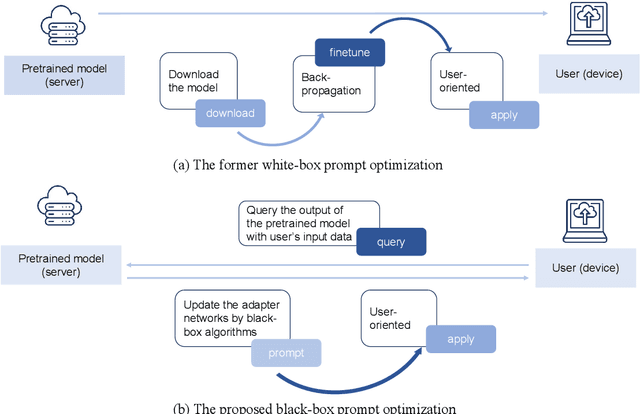

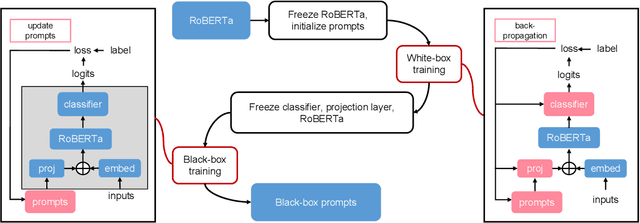

Abstract:Domain-specific fine-tuning strategies for large pre-trained models received vast attention in recent years. In previously studied settings, the model architectures and parameters are tunable or at least visible, which we refer to as white-box settings. This work considers a new scenario, where we do not have access to a pre-trained model, except for its outputs given inputs, and we call this problem black-box fine-tuning. To illustrate our approach, we first introduce the black-box setting formally on text classification, where the pre-trained model is not only frozen but also invisible. We then propose our solution black-box prompt, a new technique in the prompt-learning family, which can leverage the knowledge learned by pre-trained models from the pre-training corpus. Our experiments demonstrate that the proposed method achieved the state-of-the-art performance on eight datasets. Further analyses on different human-designed objectives, prompt lengths, and intuitive explanations demonstrate the robustness and flexibility of our method.
A Novel Multi-Task Learning Method for Symbolic Music Emotion Recognition
Jan 15, 2022



Abstract:Symbolic Music Emotion Recognition(SMER) is to predict music emotion from symbolic data, such as MIDI and MusicXML. Previous work mainly focused on learning better representation via (mask) language model pre-training but ignored the intrinsic structure of the music, which is extremely important to the emotional expression of music. In this paper, we present a simple multi-task framework for SMER, which incorporates the emotion recognition task with other emotion-related auxiliary tasks derived from the intrinsic structure of the music. The results show that our multi-task framework can be adapted to different models. Moreover, the labels of auxiliary tasks are easy to be obtained, which means our multi-task methods do not require manually annotated labels other than emotion. Conducting on two publicly available datasets (EMOPIA and VGMIDI), the experiments show that our methods perform better in SMER task. Specifically, accuracy has been increased by 4.17 absolute point to 67.58 in EMOPIA dataset, and 1.97 absolute point to 55.85 in VGMIDI dataset. Ablation studies also show the effectiveness of multi-task methods designed in this paper.
OneDConv: Generalized Convolution For Transform-Invariant Representation
Jan 15, 2022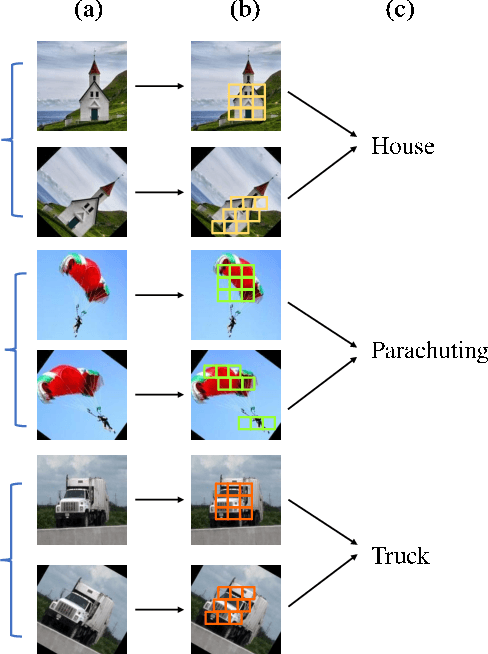
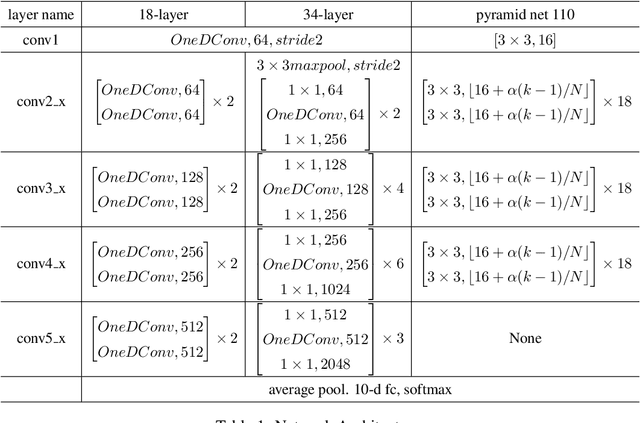
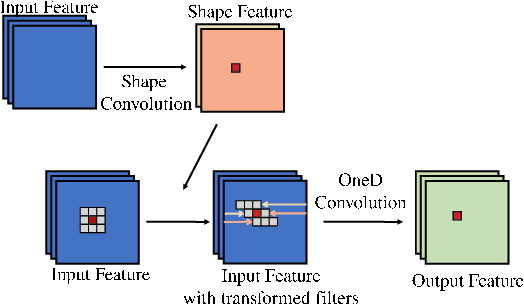
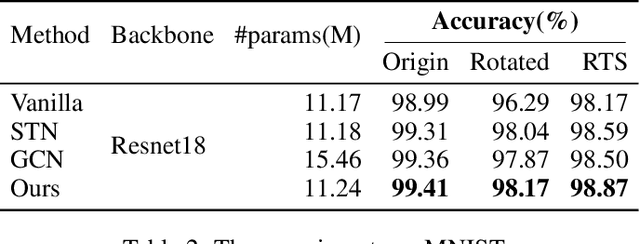
Abstract:Convolutional Neural Networks (CNNs) have exhibited their great power in a variety of vision tasks. However, the lack of transform-invariant property limits their further applications in complicated real-world scenarios. In this work, we proposed a novel generalized one dimension convolutional operator (OneDConv), which dynamically transforms the convolution kernels based on the input features in a computationally and parametrically efficient manner. The proposed operator can extract the transform-invariant features naturally. It improves the robustness and generalization of convolution without sacrificing the performance on common images. The proposed OneDConv operator can substitute the vanilla convolution, thus it can be incorporated into current popular convolutional architectures and trained end-to-end readily. On several popular benchmarks, OneDConv outperforms the original convolution operation and other proposed models both in canonical and distorted images.
IDEA: Interpretable Dynamic Ensemble Architecture for Time Series Prediction
Jan 14, 2022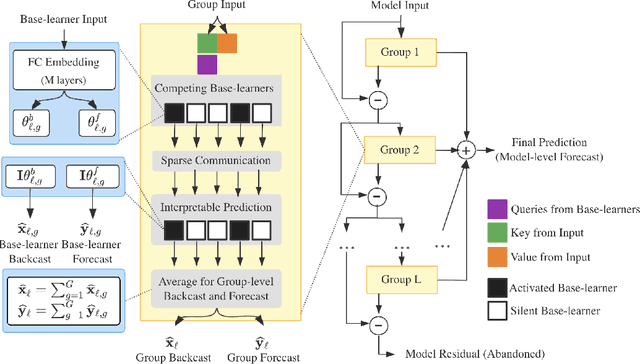
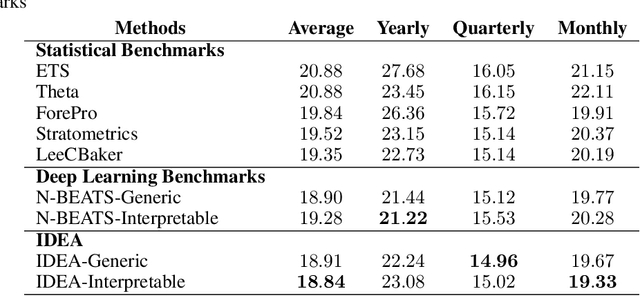


Abstract:We enhance the accuracy and generalization of univariate time series point prediction by an explainable ensemble on the fly. We propose an Interpretable Dynamic Ensemble Architecture (IDEA), in which interpretable base learners give predictions independently with sparse communication as a group. The model is composed of several sequentially stacked groups connected by group backcast residuals and recurrent input competition. Ensemble driven by end-to-end training both horizontally and vertically brings state-of-the-art (SOTA) performances. Forecast accuracy improves by 2.6% over the best statistical benchmark on the TOURISM dataset and 2% over the best deep learning benchmark on the M4 dataset. The architecture enjoys several advantages, being applicable to time series from various domains, explainable to users with specialized modular structure and robust to changes in task distribution.
Frequency-Aware Contrastive Learning for Neural Machine Translation
Dec 29, 2021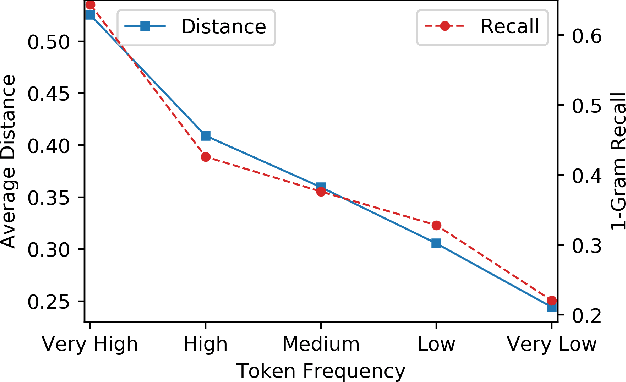
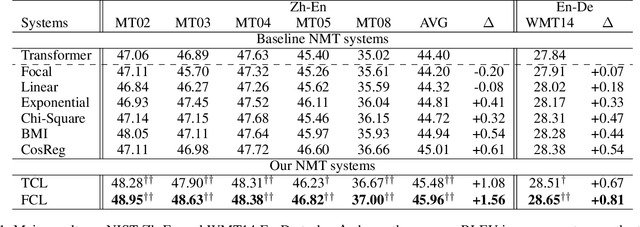
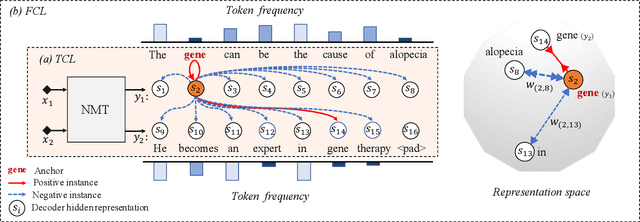
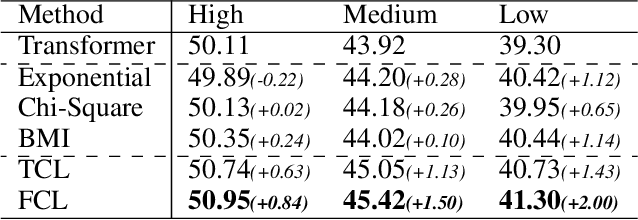
Abstract:Low-frequency word prediction remains a challenge in modern neural machine translation (NMT) systems. Recent adaptive training methods promote the output of infrequent words by emphasizing their weights in the overall training objectives. Despite the improved recall of low-frequency words, their prediction precision is unexpectedly hindered by the adaptive objectives. Inspired by the observation that low-frequency words form a more compact embedding space, we tackle this challenge from a representation learning perspective. Specifically, we propose a frequency-aware token-level contrastive learning method, in which the hidden state of each decoding step is pushed away from the counterparts of other target words, in a soft contrastive way based on the corresponding word frequencies. We conduct experiments on widely used NIST Chinese-English and WMT14 English-German translation tasks. Empirical results show that our proposed methods can not only significantly improve the translation quality but also enhance lexical diversity and optimize word representation space. Further investigation reveals that, comparing with related adaptive training strategies, the superiority of our method on low-frequency word prediction lies in the robustness of token-level recall across different frequencies without sacrificing precision.
On the Impact of Hard Adversarial Instances on Overfitting in Adversarial Training
Dec 14, 2021

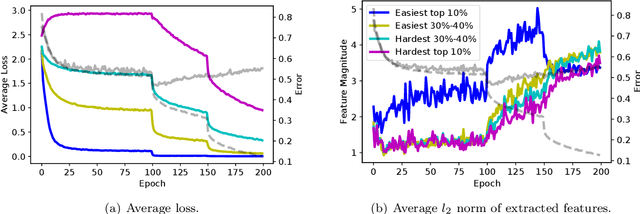

Abstract:Adversarial training is a popular method to robustify models against adversarial attacks. However, it exhibits much more severe overfitting than training on clean inputs. In this work, we investigate this phenomenon from the perspective of training instances, i.e., training input-target pairs. Based on a quantitative metric measuring instances' difficulty, we analyze the model's behavior on training instances of different difficulty levels. This lets us show that the decay in generalization performance of adversarial training is a result of the model's attempt to fit hard adversarial instances. We theoretically verify our observations for both linear and general nonlinear models, proving that models trained on hard instances have worse generalization performance than ones trained on easy instances. Furthermore, we prove that the difference in the generalization gap between models trained by instances of different difficulty levels increases with the size of the adversarial budget. Finally, we conduct case studies on methods mitigating adversarial overfitting in several scenarios. Our analysis shows that methods successfully mitigating adversarial overfitting all avoid fitting hard adversarial instances, while ones fitting hard adversarial instances do not achieve true robustness.
Optimizing Latent Space Directions For GAN-based Local Image Editing
Nov 24, 2021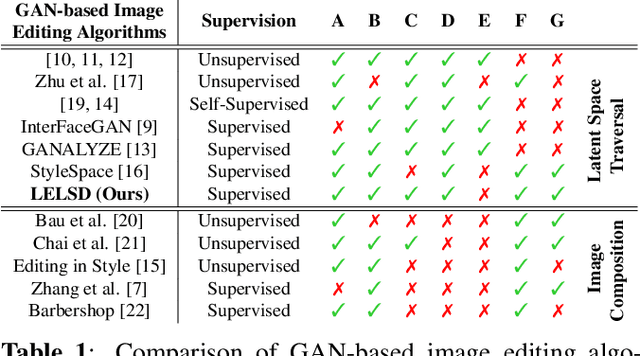
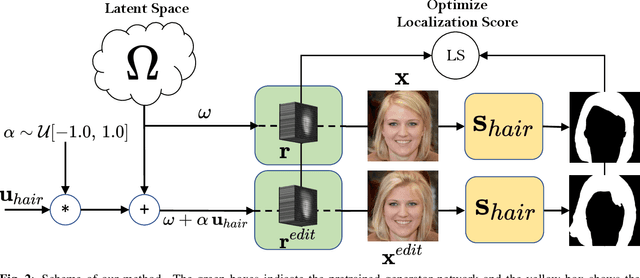
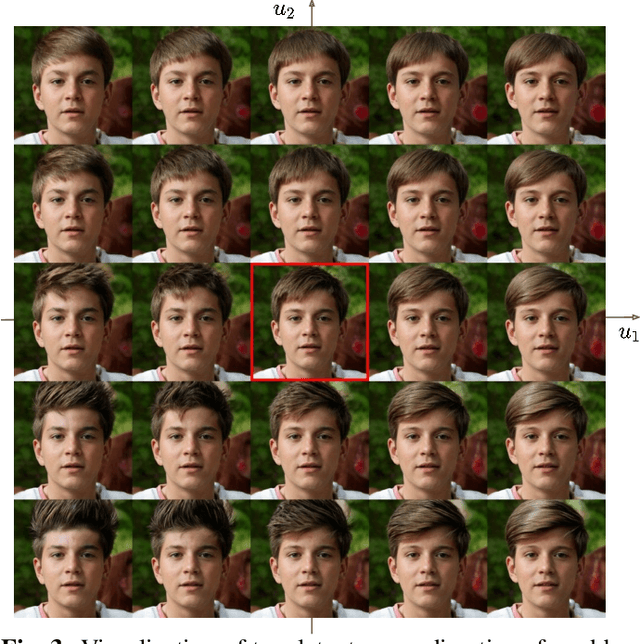
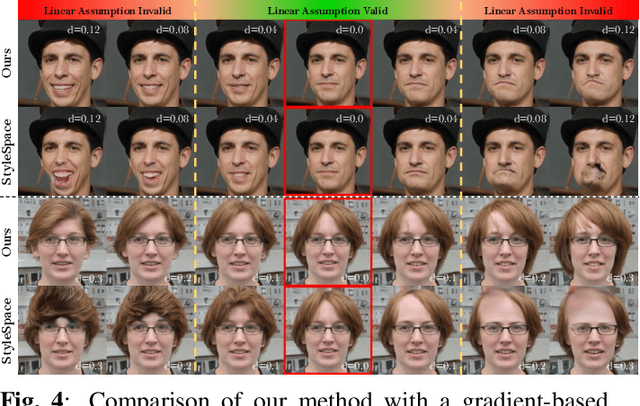
Abstract:Generative Adversarial Network (GAN) based localized image editing can suffer ambiguity between semantic attributes. We thus present a novel objective function to evaluate the locality of an image edit. By introducing the supervision from a pre-trained segmentation network and optimizing the objective function, our framework, called Locally Effective Latent Space Direction (LELSD), is applicable to any dataset and GAN architecture. Our method is also computationally fast and exhibits a high extent of disentanglement, which allows users to interactively perform a sequence of edits on an image. Our experiments on both GAN-generated and real images qualitatively demonstrate the high quality and advantages of our method.
Efficient Neural Network Training via Forward and Backward Propagation Sparsification
Nov 10, 2021
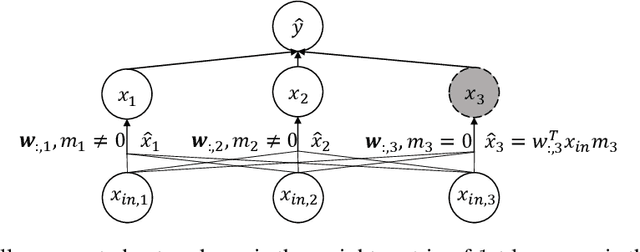
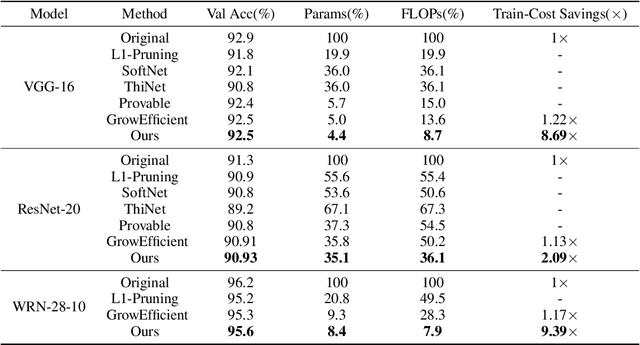
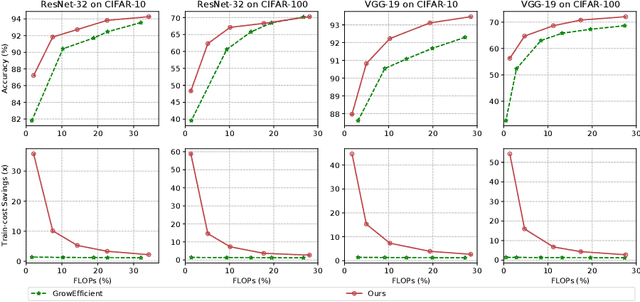
Abstract:Sparse training is a natural idea to accelerate the training speed of deep neural networks and save the memory usage, especially since large modern neural networks are significantly over-parameterized. However, most of the existing methods cannot achieve this goal in practice because the chain rule based gradient (w.r.t. structure parameters) estimators adopted by previous methods require dense computation at least in the backward propagation step. This paper solves this problem by proposing an efficient sparse training method with completely sparse forward and backward passes. We first formulate the training process as a continuous minimization problem under global sparsity constraint. We then separate the optimization process into two steps, corresponding to weight update and structure parameter update. For the former step, we use the conventional chain rule, which can be sparse via exploiting the sparse structure. For the latter step, instead of using the chain rule based gradient estimators as in existing methods, we propose a variance reduced policy gradient estimator, which only requires two forward passes without backward propagation, thus achieving completely sparse training. We prove that the variance of our gradient estimator is bounded. Extensive experimental results on real-world datasets demonstrate that compared to previous methods, our algorithm is much more effective in accelerating the training process, up to an order of magnitude faster.
Why Stable Learning Works? A Theory of Covariate Shift Generalization
Nov 03, 2021
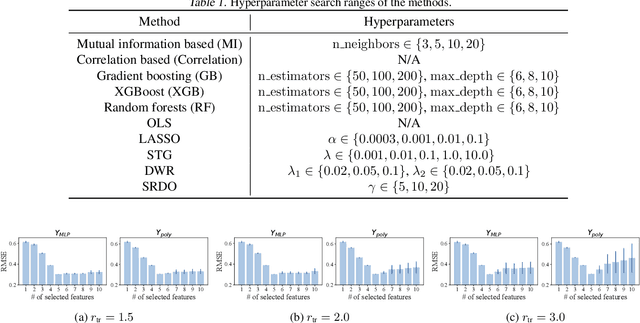
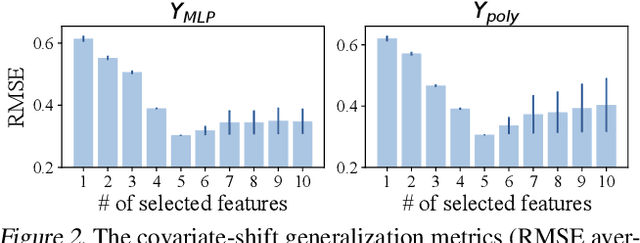

Abstract:Covariate shift generalization, a typical case in out-of-distribution (OOD) generalization, requires a good performance on the unknown testing distribution, which varies from the accessible training distribution in the form of covariate shift. Recently, stable learning algorithms have shown empirical effectiveness to deal with covariate shift generalization on several learning models involving regression algorithms and deep neural networks. However, the theoretical explanations for such effectiveness are still missing. In this paper, we take a step further towards the theoretical analysis of stable learning algorithms by explaining them as feature selection processes. We first specify a set of variables, named minimal stable variable set, that is minimal and optimal to deal with covariate shift generalization for common loss functions, including the mean squared loss and binary cross entropy loss. Then we prove that under ideal conditions, stable learning algorithms could identify the variables in this set. Further analysis on asymptotic properties and error propagation are also provided. These theories shed light on why stable learning works for covariate shift generalization.
 Add to Chrome
Add to Chrome Add to Firefox
Add to Firefox Add to Edge
Add to Edge